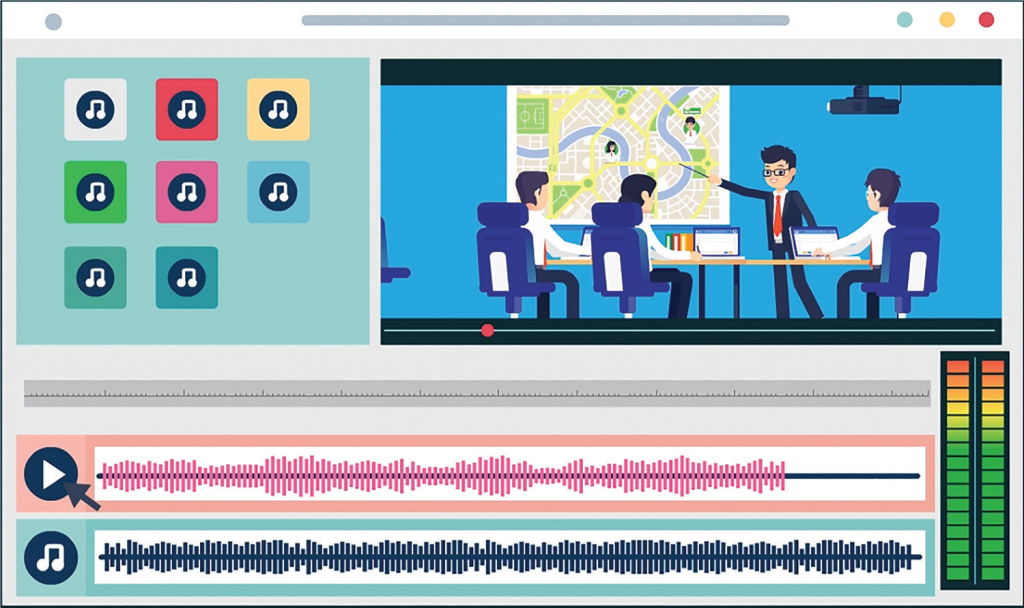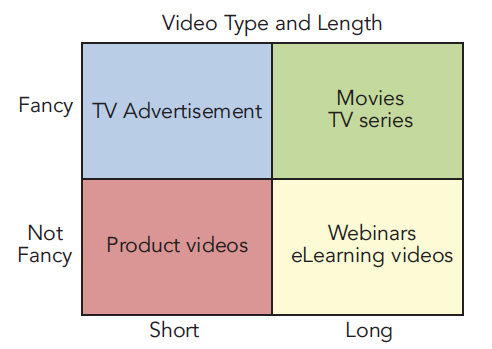Video, the content of tomorrow
Imagine you’ve bought an espresso machine, one of those fancy ones, with many moving parts and multiple configurations. After wrestling with the content in the instruction manual, you turn to Google. Fortunately, the manufacturer is video savvy, and has uploaded a video installation guide to YouTube. That video appears at the top of the search results, so within minutes, you’re assembling the machine, thankful for the clear guidance, your mouth watering as you anticipate your first espresso.
This scenario is not imagined; it’s a true story, one that plays out thousands of times each day. YouTube, today’s video giant, has more than 1.3 billion users who watch more than 5 billion videos each day. According to Cisco, video will grow four-fold by 2020, with business videos accounting for 66 percent of business traffic.
Facing the video complexity-cost barrier
But there’s a problem. Keeping up with consumer demand for video is complicated and costly, especially for companies selling into international markets. Each video must be transcribed, timed, and translated. Voiceover talents must record new audio, which must then be synchronized with the original video. These tasks are manual and labor intensive, and come with skyrocketing costs and lowering margins.
The highest cost involved lies with human voiceover. Although some companies use multilingual subtitles to avoid the cost of voiceover, subtitles are not appropriate for many formats, such as for software training videos. Viewers of training videos need to see the operation of the software, and it’s unreasonable to expect them to read subtitles while watching — a distraction that irritates users, disrupts learning and weakens trust.
Answering the question: Why is voiceover so expensive?
Voiceover is expensive for two reasons. First, the expense of resolving the synchronization issues that arise from the difference in length of spoken sentences (Figure 1).

Figure 1
For example, a sentence that takes 10 seconds to speak in English may take 15 seconds to speak in a language like French or German. Resolving this issue pushes up costs, as it takes 30 minutes of engineering time on average to sync one minute of video.
The other reason why voiceover is so expensive is because voice actors are expensive to hire. And hiring expensive voiceover talent has been (until now) the only route to voice localization, a service provided only by high-cost voiceover and dubbing studios that typically create high quality, “fancy” productions, such as feature films and TV advertisements (Figure 2).

Figure 2: Adding to the high cost of video localization: Voiceover studios charge the same high rates no matter the production, whether a “fancy” TV ad or movie, or a far less complicated business video.
Introducing a cost-effective solution: VideoLocalize.com
VideoLocalize is the world’s first video translation management system (VTMS) that uses hybrid technology to automate and synchronize the tasks involved in video localization, as well as to address the voiceover issues that drive up costs.
Synchronization issues are resolved through the system’s patent-pending hybrid technology that automatically applies segment-by-segment syncing to eliminate the need for post-engineering. In other words, if the length of a new segment is longer than that same segment in the original, the system adjusts, editing the audio and video by imperceptible amounts, slowing down and speeding up the individual components as needed. The work is completely automatic, saving countless editing hours and many budget dollars.
VideoLocalize also expands voiceover options by providing built-in, text-to-speech engines, and a hiring marketplace that offers access to lower voice talents (Figure 3). With VideoLocalize, you can save your use of costly studio voice actors for your highest-value projects.

Figure 3: Voiceover options available through VideoLocalize.com
Lowering cost, enabling scale
Today, start-to-finish, automatic video localization is possible and profitable, even at scale, thanks to the VideoLocalize VTMS. Future-thinking language service providers may now expand their offerings by bringing video localization services to their clients.
In addition to handling and automating all the tasks involved in video localization, VideoLocalize also provides a voiceover talent pool and project management environment, giving translators, project managers, voice talent and clients the tools and online workspace they need to complete video localization projects at scale, faster and at a far lower cost than before.
About VideoLocalize
VideoLocalize is the world’s first video translation management system that allows you to manage
the entire process of video localization on a single platform. The system automates transcription,
timing, subtitling, translation, text-to-speech and audio-video synchronization. Winner of the TAUS
Innovation Excellence Award in 2016 and the Process Innovation Challenge (PIC) at LocWorld in
2017, VideoLocalize is on a mission to make video localization faster and more cost-effective.




